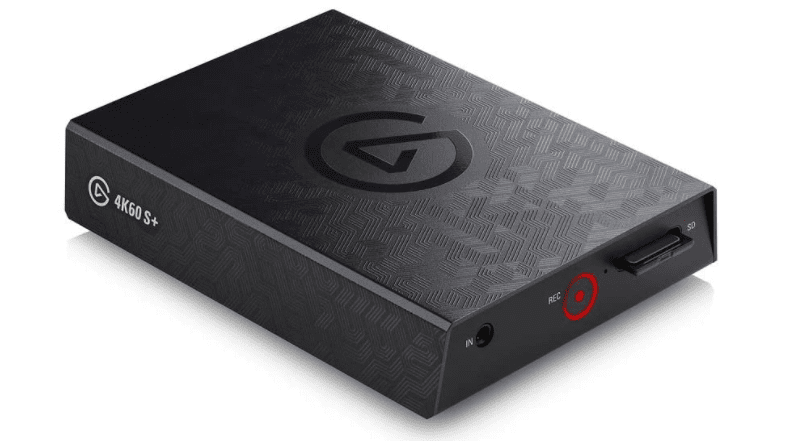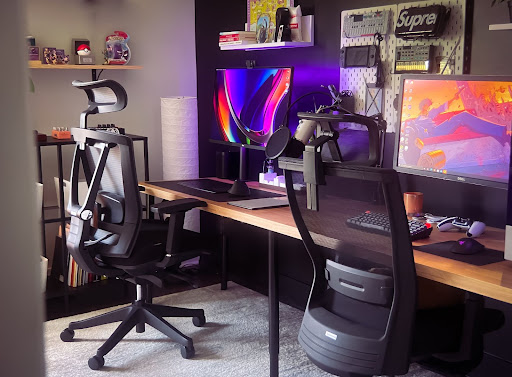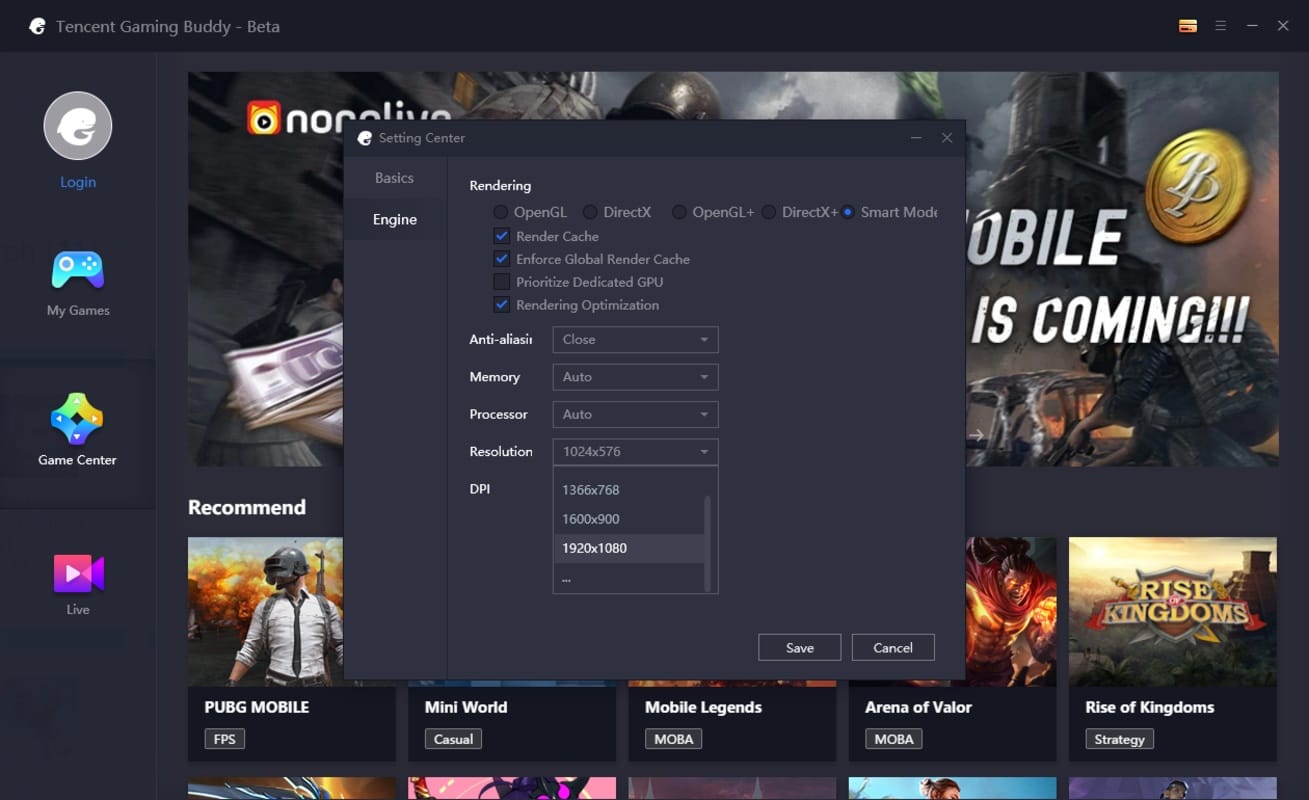Best Capture Cards: The Elgato HD60 X is the best capture card because of its excellent capture and passthrough resolutions, as well as its simple setup process. It’s the greatest capture device you can buy for your PC or console, but depending on your demands and price, there are various possibilities.
We have compiled a list of eight capture cards suitable for the PlayStation 5, Xbox Series X, PC, and Nintendo Switch. All of the cards listed below will function as long as your console has an HDMI port, however, we chose them to provide the best possible quality for their respective platforms.
If you are looking for a PC video capture card, be sure to read our tutorial on how to build a PC first. Some cards can only be used within a computer, therefore you’ll need to learn how to install a PCIe card.
Best Capture Card: Elgato HD60 X

For a few years, Elgato’s HD60 S has been our go-to capture card, but it now has a new rival: the HD60 X. It has the same high-level functionality as our previous choice, but with a few important extras that propel it to the top of the capture card market.
For the most part, it can capture gameplay at up to 4K at 30 frames per second (fps) or 1440p at 60 fps. You may also capture 10-bit HDR in 1080p60 mode. The HD60 X enables 1440p capture, which is superior to the HD60 S+ and is ideal for PC and Xbox Series X gameplay.
The significant difference, though, is in the passthrough. You can transmit HDR as well as your full resolution and frame rate, up to 4K60. The HD60 X also has variable refresh rate capabilities (VRR). Both the Xbox Series X and PlayStation 5 now support VRR, and the HD60 X lets you use it for tear-free gaming as you play.
The HD60 X strikes a balance between modern features needed by gamers and bloating the price with obscene resolutions and frame rates. Even better, it’s compact and light, eliminating the need for a big capture card alongside your console.
You may also like Best Xbox One controllers in 2022
Best Capture Card for Nintendo Switch: AverMedia Live Gamer Portable 2 Plus

The portability of the Nintendo Switch makes it an excellent choice for traveling gamers, and with the correct carrying case, you can even take the system’s dock with you. The AverMedia Live Gamer Portable 2 Plus is the finest capture card for Nintendo Switch if you want to record gaming on the move but don’t want to pack a PC. Although it is an excellent game capture card for Nintendo’s hybrid console, it is also compatible with the PS5, PS4, Xbox Series X, and Xbox One.
Using the Live Gamer Portable 2 Plus’s built-in H.264 encoder, you can record games without a tethered PC. It captures at 1080p at 60 frames per second, which is the limit of the Nintendo Switch’s capabilities. It stores your video to a microSD card, which you may access by connecting the device to a PC through Micro USB (storage mode) or transferring the microSD card to a PC. To get started, read our guide on how to live stream on Nintendo Switch.
The AverMedia Live Gamer Portable 2 Plus’s one main drawback is that its proprietary software is only compatible with Windows. The company is currently testing an “express” version for Macs, but you’ll most likely need third-party software such as OBS and XSplit.
You may also like The Best PC Games for 2022
Best Capture Card for Xbox Series X: Asus Tuf Gaming CU4K30

The Asus Tuf Gaming CU4K30 is an excellent choice for an external capture card for the Xbox Series X. As the name suggests, you may record or stream gaming at up to 4K quality at 30 frames per second. The card also enables 60 frames per second footage at 2K and 120 frames per second capture at 1080p. To get your card set up, see our article on how to stream on an Xbox Series X.
The passthrough also allows you to enjoy your gaming at full resolution and frame rate. You can pass through up to a 4K signal at 60 frames per second or up to 240 frames per second in 1080p mode. Asus also supports HDR via passthrough.
To keep your cables neat, the card has a headphone and controller port on the front, allowing you to plug everything in without having to reach for your console or PC. The capture card connects to your streaming computer through a single USB-C cable, and it works right away. To use the card, you do not need to download any drivers.
Although the appearance of a capture device is normally unimportant, the CU4K30 looks fantastic. It’s a little, aluminum capture card with a subtle Asus Tuf logo on top. It also has some RGB underglow, which neatly informs you about the cards’ various conditions, such as whether the HDMI signal has been interrupted or if the firmware is being updated.
You may also like Best Nintendo Switch Games for Kids 2022
Best Capture Card for PC: Elgato 4K60 Pro

The Elgato 4K60 Pro is the internal capture card to end all internal capture cards, and it comes at a premium price. The 4K60 Pro, as the only internal card on our list, benefits from much greater bandwidth thanks to its PCIe x4 interface, outperforming USB 3.0 in every situation and making USB 2.0 look like a relic.
Of course, the 4K60 Pro’s main feature is its ability to record at 2160p at 60 frames per second. It also supports 1080p60 and HDR10.
However, this is a capture card for PC gamers. Although installing a PCIe card in your computer is not difficult, simply opening the side panel may be too much for you. If you fall into that category but still want the greatest quality, our next pick is ideal for you.
Fortunately, the Elgato 4K60 Pro is worth the effort. It includes the same excellent features seen on the HD60 S, including Flashback Recording, as well as passthrough at up to 1080p240 or 1440p144.
You may also like How to download free games on Amazon Prime Gaming
AverMedia Live Gamer Mini

The AverMedia Live Gamer Mini is all you really need for streaming, and it’s also inexpensive at $100. It enables 1080p recording and streaming at 60 frames per second, and the card has zero-lag passthrough, allowing you to observe your gameplay in real-time. In some ways, the Live Gamer Mini outperforms capture cards costing twice as much.
This is primarily due to its H.264 hardware encoder. The Live Gamer Mini, like the increasingly scarce Elgato HD 60, offloads the encoding workload from your CPU when streaming or recording. Because the card handles encoding, you can also utilize StreamEngine to capture backup recordings of your stream. StreamEngine is a lightweight application included with the Live Gamer Mini that allows you to record your gameplay before sending it to your preferred broadcasting software.
This capture card, like the Live Gamer Portable 2 Plus, comes with AverMedia’s RECentral software. RECentral includes everything you need to stream to YouTube, Twitch, Facebook, and other platforms, including scene transitions, chroma key support, and an audio mixer. If you prefer another broadcasting program, the Live Gamer Mini also supports XSplit, OBS, and OBS Studio.
The AverMedia Live Gamer Mini includes chroma key capability and an audio mixer, but it lacks live editing and performance enhancements seen in the full Windows version.
You may also like The Best Game Consoles you can buy in 2022
Best Capture Card for PlayStation 5: Elgato Game Capture 4K60 S+

Elgato’s Game Capture 4K60 S+ is essentially a 4K60 Pro in a box. The 4K60 S+ costs nearly twice as much as the PCIe variant and costs $400. It does, however, have some perks over the base 4K60 Pro.
The S+, in particular, includes an H.264/H.265 hardware encoder. You don’t even need a PC to operate the 4K60 S+ because it has an inbuilt encoder. With the built-in SD card reader, you can easily capture gameplay in 4K60 without the need for a PC. In addition, if you want to show off your PlayStation 5, the 4K60 S+ supports HDR.
However, there are several disadvantages to going external. The 4K60 S+ lacks high-resolution/frame-rate passthrough like the PCIe version, and “Instant Gameview,” which we’ll discuss shortly, is delayed by 250 milliseconds. Still, when it comes to capturing your gameplay at the highest resolutions and frame rates, the 4K60 S+ is unrivaled.
EVGA XR1: Best Capture Cards with an Audio Mixer

The EVGA XR1 was released in 2020 to mixed reviews. Many early adopters felt they didn’t get their money’s worth due to the high price and ambiguous features. However, EVGA has already begun discounting the XR1, and at its current price of roughly $100, it’s a fantastic alternative.
It can record and stream at 1080p at up to 60 frames per second and has a 4K60 passthrough. The main source of consternation was EVGA’s advanced passthrough feature. The EVGA XR1 is capable of 1440p passthrough at up to 120 fps in this state. That means you may use the high frame rate options on the PS5 and Xbox Series X without having to detach your capture card.
The XR1 also has an audio mixer built-in, allowing you to quickly manage game volume, mic volume, and party talk. The XR1 has an array of ARGB LEDs surrounding the mixing knob that may show your audio levels and offer a little visual flair while you’re playing. With the included EVGA XR1 software, you can customize the LEDs and manage your audio controls.
At its current price, the EVGA XR1 is an excellent capture card with multiple passthrough modes and an easy-to-use audio mixer. However, there are better options at full price.
You may also like Best free Nintendo Switch Games of 2022
AverMedia Live Gamer Duo: Best Capture Cards with Multiple Inputs

Because each of the capture cards listed above only has a single input and output, you can only stream or record a single source at a time. The AverMedia Live Gamer Duo, on the other hand, lets you record two sources at once. Even better, both sources can record or broadcast a complete 1080p signal at 60 frames per second.
So, if your webcam isn’t cutting it, you can connect a DSLR to the second input to add some polish to your stream. However, you should connect your camera to the second input. Because the card’s first input supports HDR, you can record HDR gameplay on the PS4 Pro and Xbox One X.
You may also like A Parent’s Guide to Online Gaming
The card costs around $250, and because it’s a PCIe card, you’ll need a free spot on your computer. Unlike cards in the same price range, such as the Elgato 4K60 Pro, the Live Gamer Duo does not support 4K recording or streaming. It does, however, support 4K passthrough at 60 frames per second, allowing you to experience the full graphical fidelity of whatever game you’re playing. If the frame rate is more important than resolution, you can also pass through a 1080p stream at up to 240Hz or a 1440p stream at up to 144Hz.
For software, the AverMedia Live Gamer Duo includes AverMedia’s RECentral software, though it also supports just about every other broadcasting software available. The card comes with RGB lighting on the side, too, allowing you to light up your card with whatever color you want.
CamRojud may earn a certain commission on products purchased via our links, which supports our effort on this content.
Would you like to read more about Best Capture Cards-related articles? If so, we invite you to take a look at our other tech topics before you leave!
![]()













